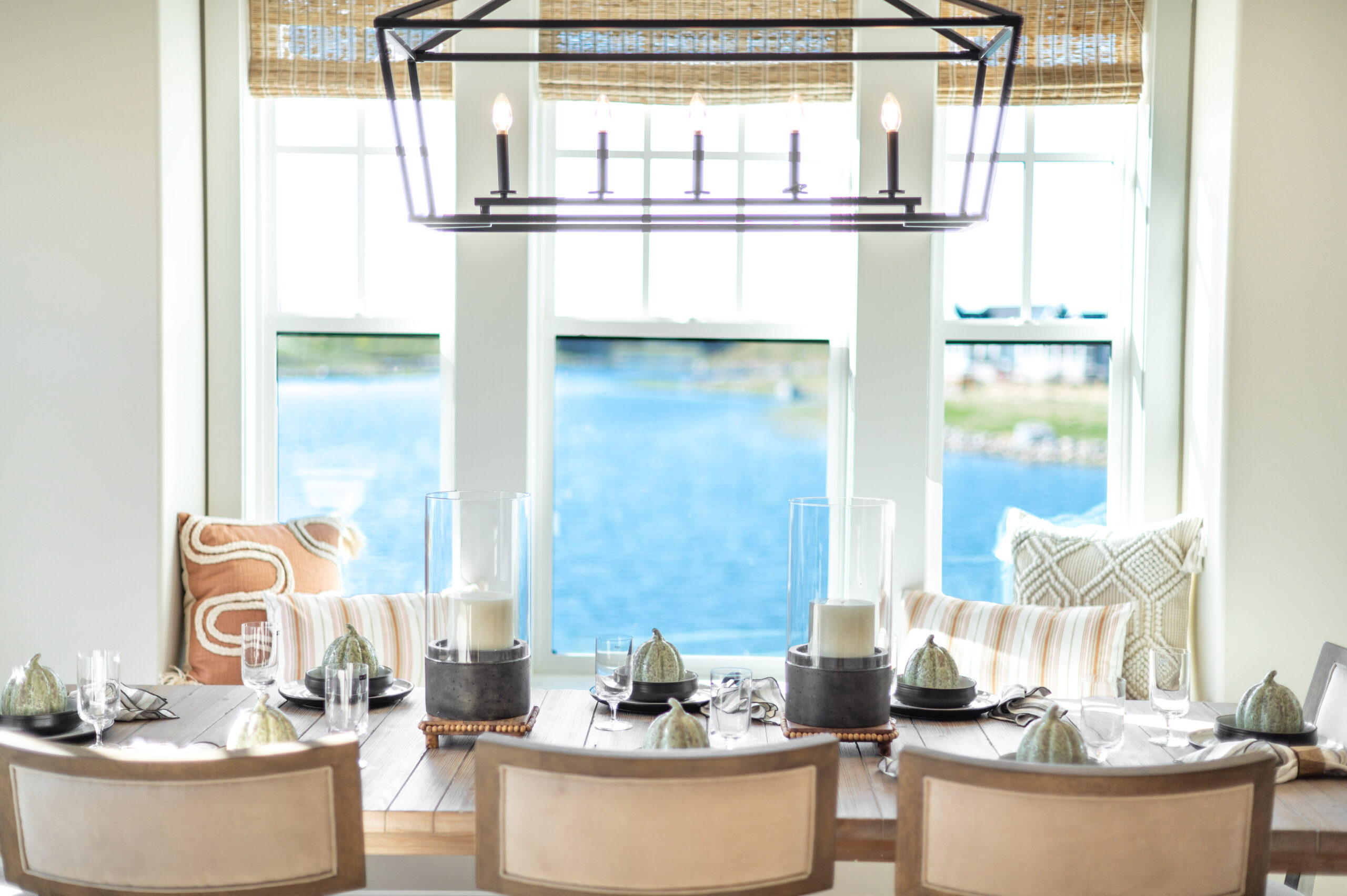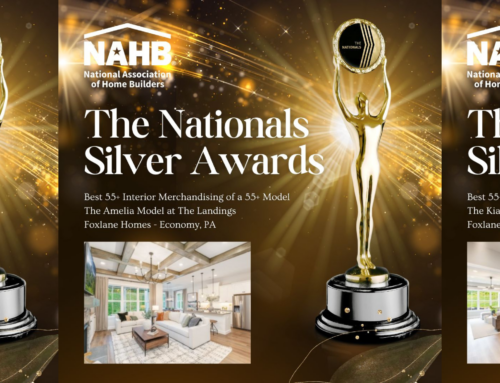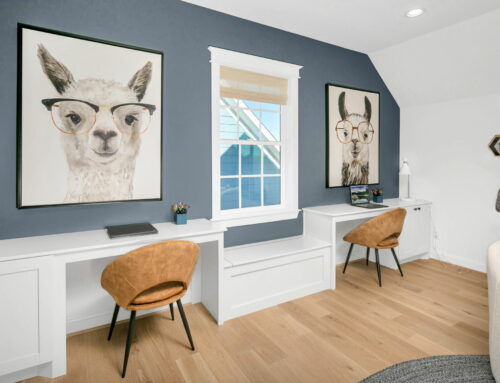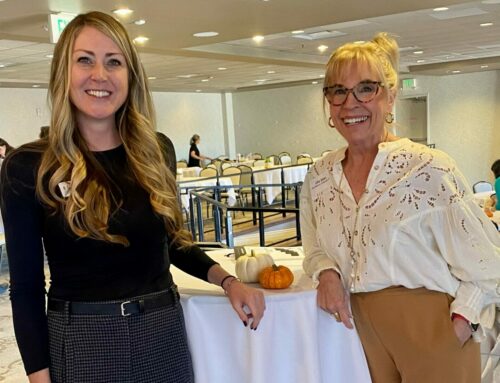How the Economy Impacts Design Trends
It’s been said that design follows fashion. In other words, the trends that we see from the world of fashion heavily influence the trends we see in the world of interior design. The same can be said for the impact of the economy. Evidence of the economic influences on interior design trends can be seen in a variety of ways; from materials used to overall design themes.
Economy & Design Materials
When the economy is strong, builders and by extension designers, are more willing to invest in materials. Consider the “roaring 20s” when the general economic outlook was (unknowingly) rosy. Gold, chrome, velvet, and other luxury-type materials were frequently used in designs. Conversely, during the war years, design was more functional. Woods and simple finishes were key elements of design during that time. While post-war design tended to be innocent in nature. According to Retro Renovation, “1940s interior design and décor…is a real sweetness. No clutter, far less excess.”
1920s: Opulent Display of Wealth
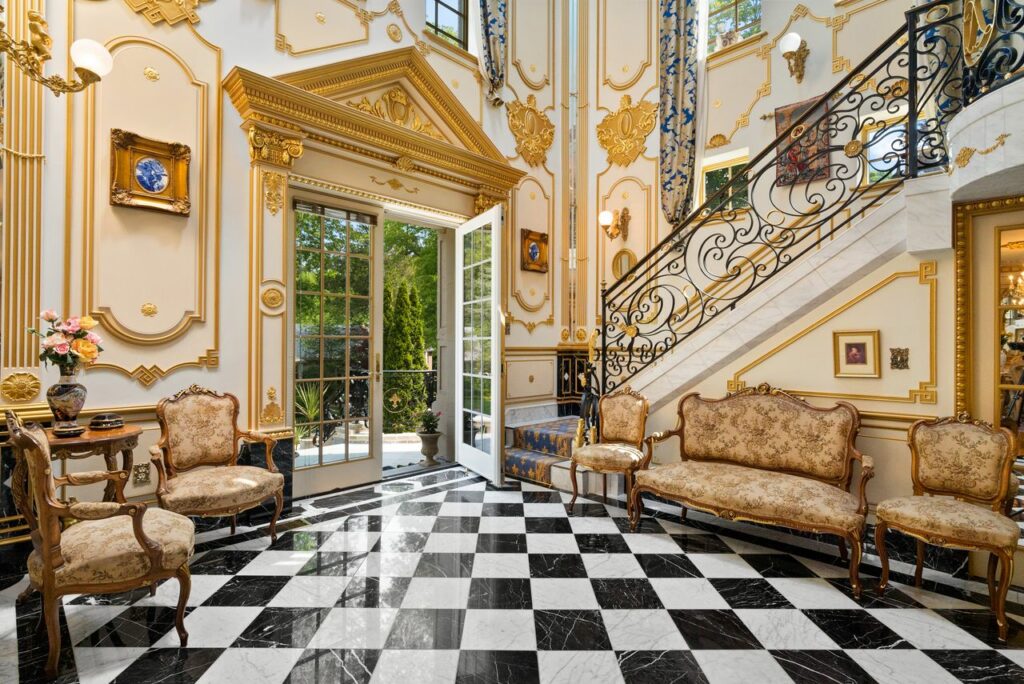
Great room circa 1920s – high glitz, high drama!
1980s: Bravado and Belief in a Strong Economy
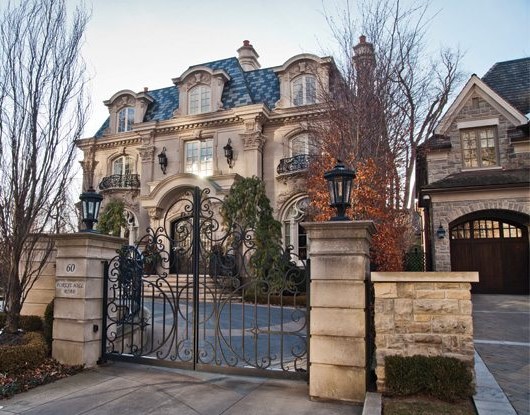
Large, gated private home right on top of its neighbor – the epitome of a McMansion.
Another example of how the economy influenced mood and by extension, design, would be the 1980s. Bright, strong colors with bold patterns were all the rage during this time. Moreover, the 1980s also saw the rise of “McMansions.” Those large, expansive homes that sat mere feet away from their neighbors. In fact, in the ’80s, the prevailing mantra was, “more is better.”
And why?
Because before the stock market crash of 1987, the world truly was getting richer. As a result, our wardrobes, our movies, and our homes were filled with overt displays of wealth.
Today: Tentative Acceptance of Recovering Economy
Now we are seeing more designs using natural, artisan, causal, and environmentally-conscious materials. At the beginning of the pandemic the economy was shut down completely. As a result, our homes became our everything: our offices, our schools, gyms, entertainment centers, etc. While this economic situation (the shutdown) was temporary, the resulting impact on design still exists. Home owners want homes that make them feel safe, healthy, and comfortable.
Builders, architects, and interior designers are meeting those needs by reimaging floorplans and adapting designs to be more functional. Additionally, they are using more natural materials and promoting more indoor/outdoor living space through those flexible floor plans and materials that can be used for both indoor and outdoor living.
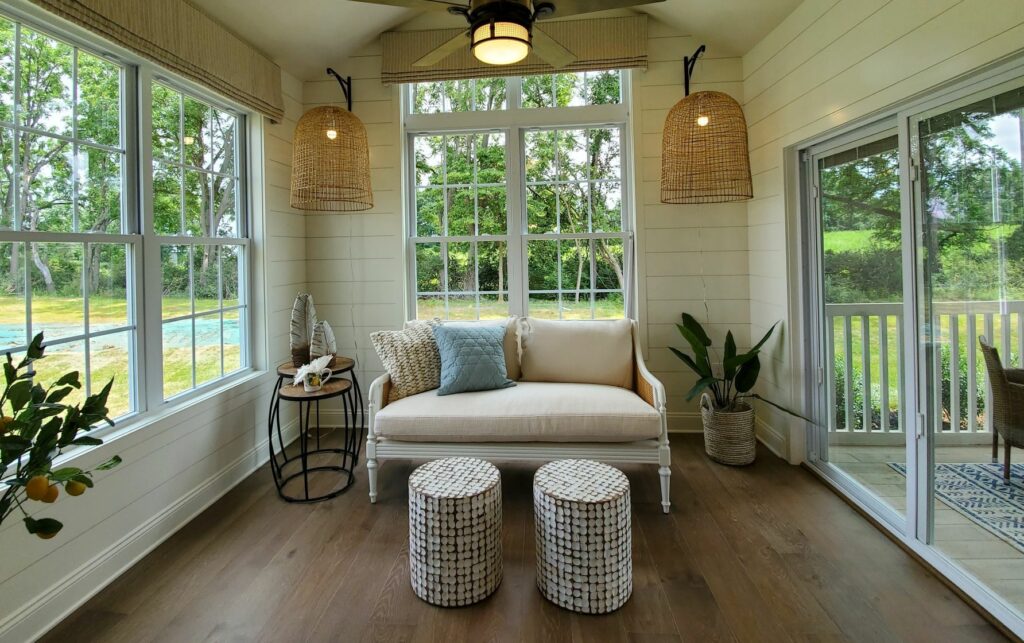
Woods, wicker, windows, and the use of plants help create the outdoor feel while still being indoors.
Economy and Design Themes
As professional interior designers one of our most important jobs is to design for a lifestyle. Using buyer profiles as our guide, our designs create a vision of a lifestyle that our clients’ prospective buyers aspire to. While buyer profiles are our guiding force, the economy is often the driving factor behind those profiles. The economy directly influences the how and why of our lives. They shape our dreams and lifestyle choices.
Today’s Lifestyle Demands
One doesn’t need to look too far to see that being played out now. Covid-19 and the pandemic has impacted all of us, in one way or another. The economy and our attitudes around health and wellness being top among them. When many industries were being shut down in an effort to stop the spread of the virus, construction, and home building persevered. Furthermore, while the economy has suffered as a whole, the housing industry has remained strong. It has reinforced the importance of home. And for designing a home that promotes a lifestyle of health and wellness.
That means both physical wellness by providing in-home exercise spaces as well as mental/spiritual wellness. It means creating spaces within spaces. Designing a place in one’s home where a person can truly find peace, quiet, and a sense of self.
At-Home Wellness

At-home gyms look very different today than even a few years ago.
At-Home Entertainment
Many new homes are including lower-level spaces in their floor plans for entertainment. And if their geographic region does not allow for a lower-level, we are seeing loft areas being designated as “fun” spaces.
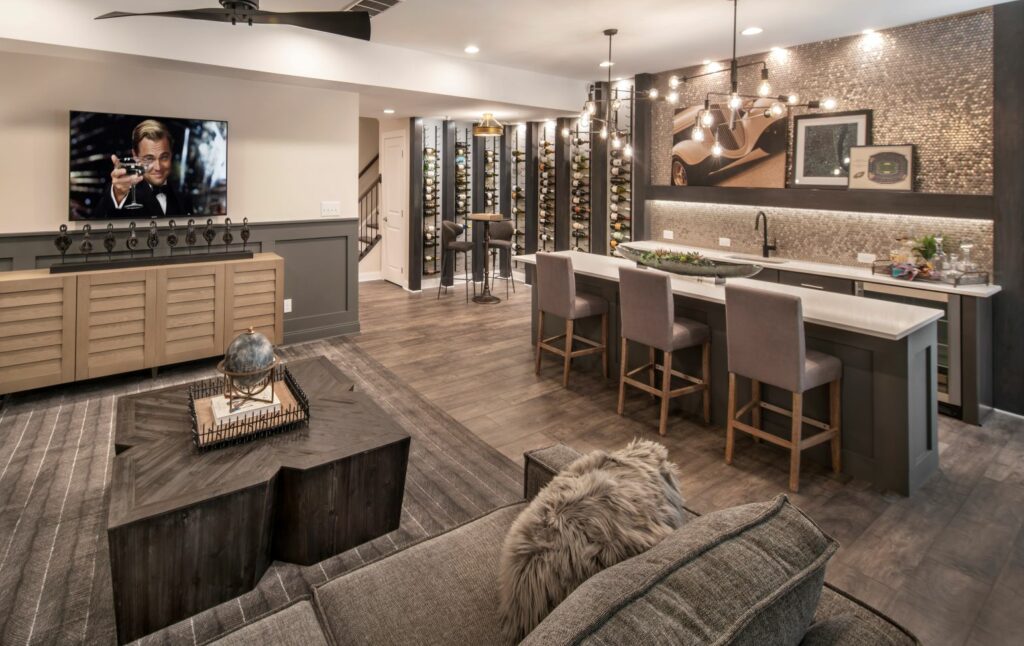
Whether it’s lower level or loft space, entertaining at home has never been more important to buyers.
The Only Constant is Change
That old adage, that the only constant is change, definitely holds true for the design world. Design trends come and go and are often seasonal in nature. This holds true for the seasons of the economy as well. When the economy is robust, design trends reflect this through use of materials and lifestyle designs. Conversely, when there is an economic downturn, or a global health crisis, materials and lifestyle designs reflect that.
If we’ve learned anything from this past year, and into 2021, is that the importance of our home is enduring. Strong economy or a weak one, the power of home is always on trend.

